As Europeans and others try to decide if that burger or frozen lasagna is made with horsemeat, rampant food fraud has once again been  confirmed in U.S. seafood.
confirmed in U.S. seafood.
So I had to have fish for dinner.
A two-year investigation of seafood by the world’s largest ocean conservation group, Oceana, found a fillet red snapper could be cheap tilapia; a pricey wild-caught salmon steak from Alaska could be farmed Atlantic salmon from Chile; sushi in a restaurant could be anything.
Elizabeth Weise of USA Today reports Oceana’s volunteers collected fish samples at 674 supermarkets, restaurants and sushi counters in 21 states and found several examples of fish fraud. For instance, 87% of the snapper samples were not snapper. White tuna was mislabeled 59% of the time. Between one-third and one-fifth of the halibut, grouper, cod and Chilean sea bass tested were mislabeled.
“Honestly, it was a surprise,” says Beth Lowell, who coordinated the survey for Oceana. “Everywhere we looked for seafood fraud, we found  it. It’s consistent around the country.”
it. It’s consistent around the country.”
At sushi restaurants, 74% had at least one sample come back mislabeled. At restaurants, 38% had at least one problem sample; in grocery stores, 18% did.
Oceana wasn’t able to determine whether the mislabeling occurred at the supplier, distributor or retailer. Seafood goes through many hands, so it’s easy for someone to substitute it, partly because 84% of the seafood eaten in the United States is imported, according to Gavin Gibbons of the National Fisheries Institute, a seafood industry trade group.
The good news for consumers is that Oceana found mislabeling only in the highest-priced seafood. The five most commonly eaten seafood types in the United States are shrimp, canned tuna, salmon, pollock (used in fish sticks) and tilapia, Gibbons says. All are low-cost and not often substituted.
Oceana’s Lowell offers this advice for consumers:
– Ask questions at the restaurant or market about where the fish comes from.
– When possible, buy a whole fish. Fish look different even when their fillets look similar.
Ocenana’s Lowell told the N.Y. Times, “Even a relatively educated consumer couldn’t look at a whole fish and say, ‘I’m sure that’s a red snapper and not lane snapper.’ ”
Reading about all this fish made me hunger for the real thing, or at least some form of verification, so off we went off to our local fish monger.
For lunch we had a chunk of Sashimi grade Yellowfin Tuna. How did I know it was what it proclaimed to be? Fishmonger showed me the rest 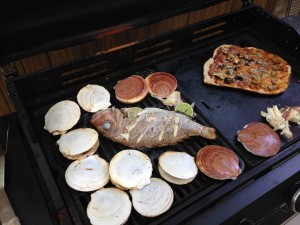 of the fish out back.
of the fish out back.
For dinner we had some kind of snapper fished off New Zealand, along with scallops and bay bugs (and a pizza for Sorenne).
We’re fortunate to live close to such great seafood, but as fishmonger told me, mislabeling is rampant in Australia as well.
I’m a landlubber and wouldn’t know the difference, but DNA testing is becoming increasingly available and simple. Those retailers that are selling the real deal – and there’s a premium involved – should be able to collect valid data and use that to market their wares. Trust and faith ain’t worth much. Data is.
 stomach pains, vomiting and headaches.
stomach pains, vomiting and headaches.
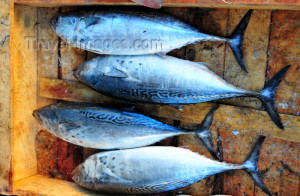



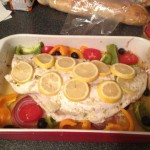

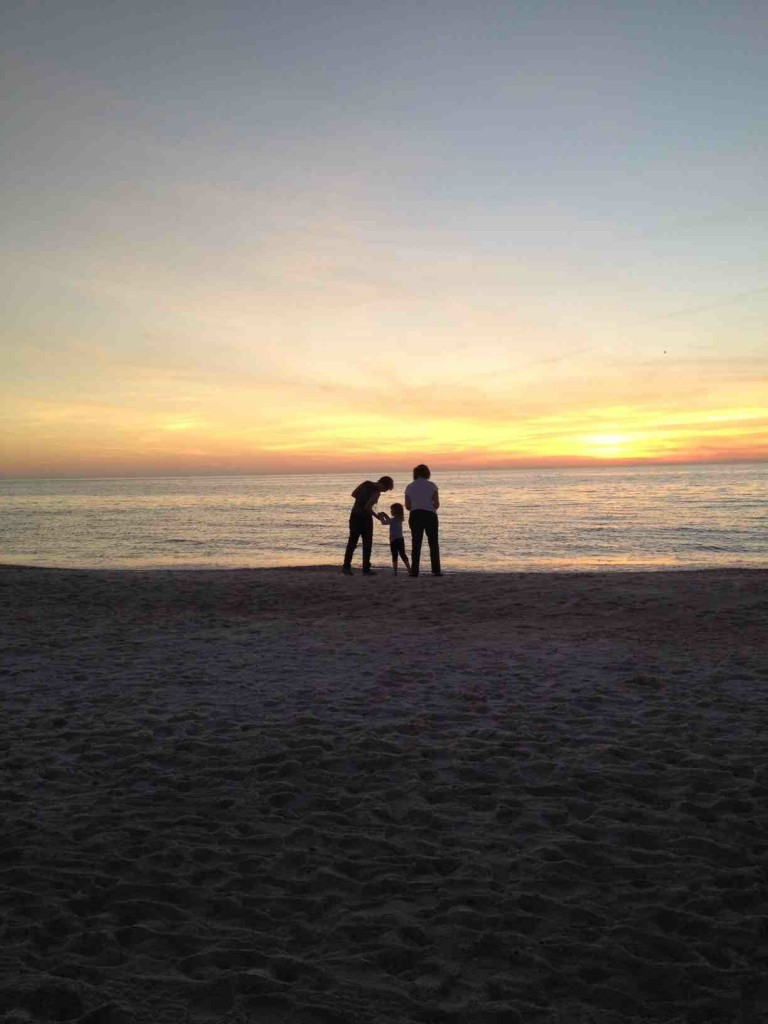
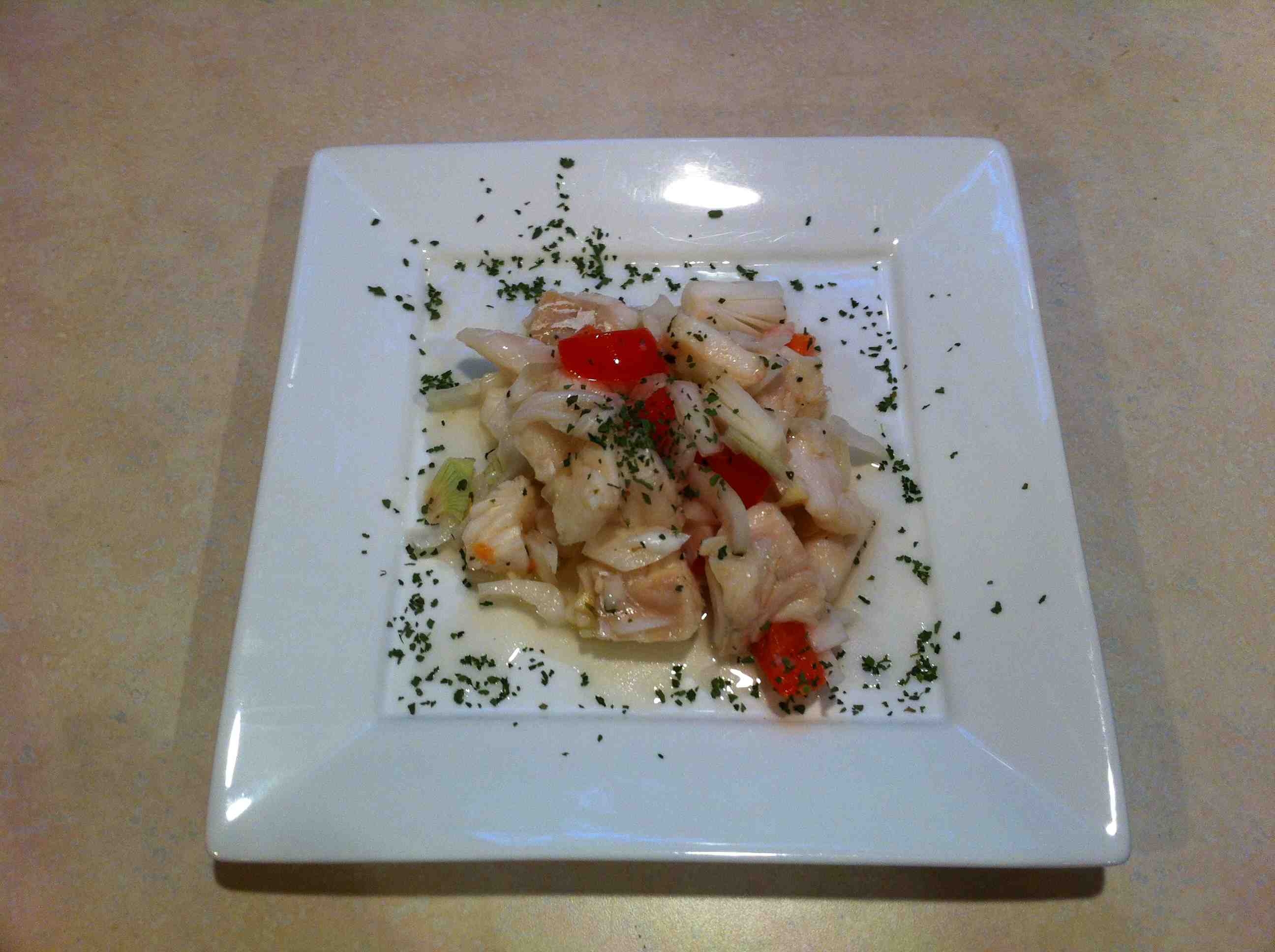 individuals), or Vibrio, I happened to recall a parasitology lecture about Diphyllobothrium latum, a.k.a. broad tapeworm (although not a true tapeworm, we will call it that to spare you the details as to what qualifies as a true tapeworm).
individuals), or Vibrio, I happened to recall a parasitology lecture about Diphyllobothrium latum, a.k.a. broad tapeworm (although not a true tapeworm, we will call it that to spare you the details as to what qualifies as a true tapeworm)..jpeg) botulinum.Toxins produced by this bacteria may cause botulism, a life-threatening illness.
botulinum.Toxins produced by this bacteria may cause botulism, a life-threatening illness.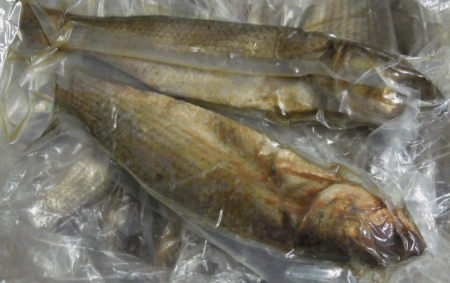
.png) Bay and
Bay and 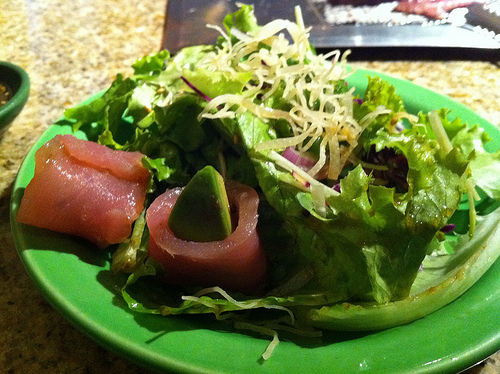
 included lox, smoked tuna, candied salmon and fish jerky.
included lox, smoked tuna, candied salmon and fish jerky. conclusion of arm-chair epidemiologists.
conclusion of arm-chair epidemiologists.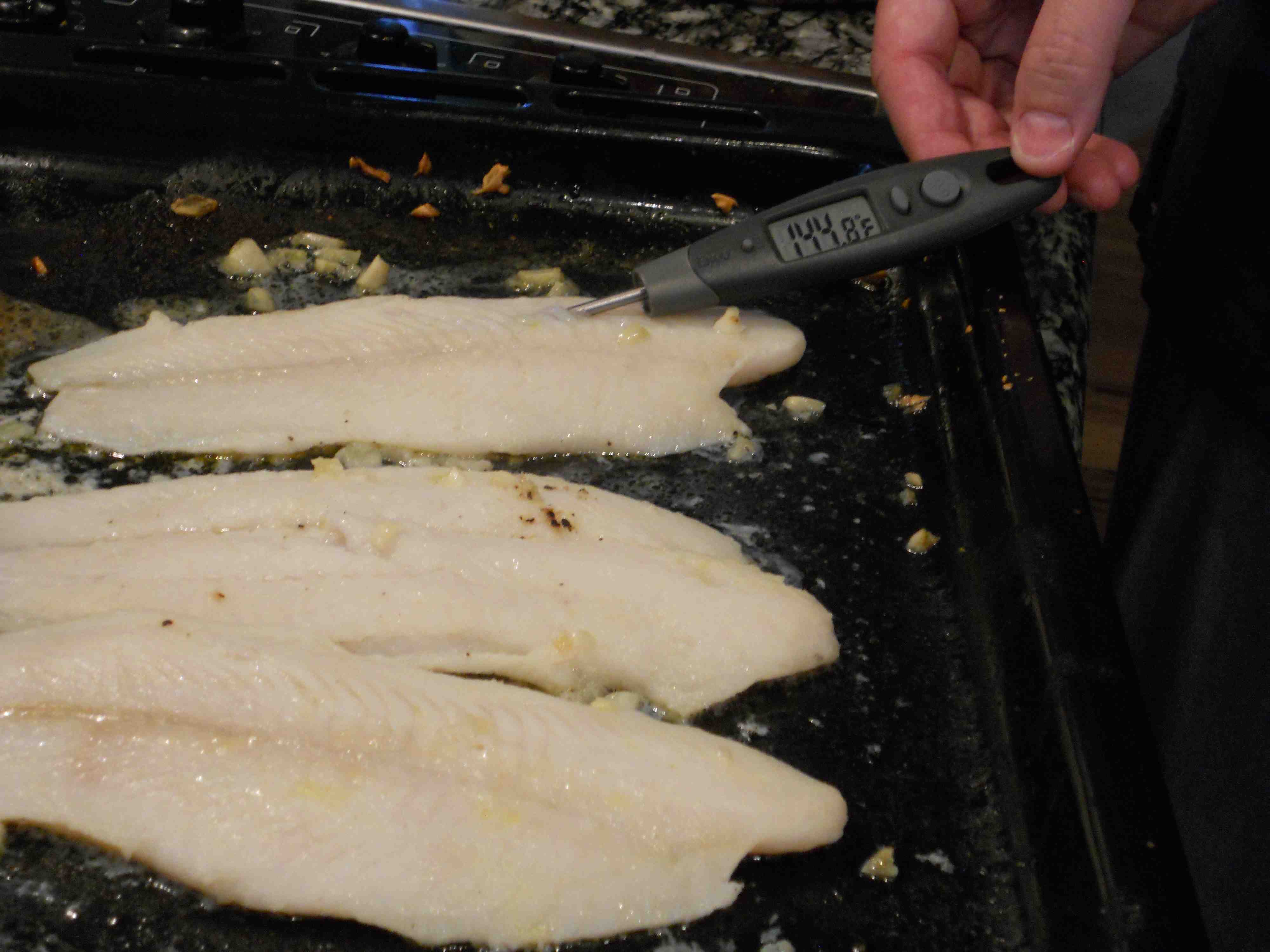 well on the basa fillets I baked for dinner along with sweet potato and corn on the cob. Future improvement: list on packaging whether the thermometer is tip-sensitive or not. How’s a consumer to know?
well on the basa fillets I baked for dinner along with sweet potato and corn on the cob. Future improvement: list on packaging whether the thermometer is tip-sensitive or not. How’s a consumer to know?